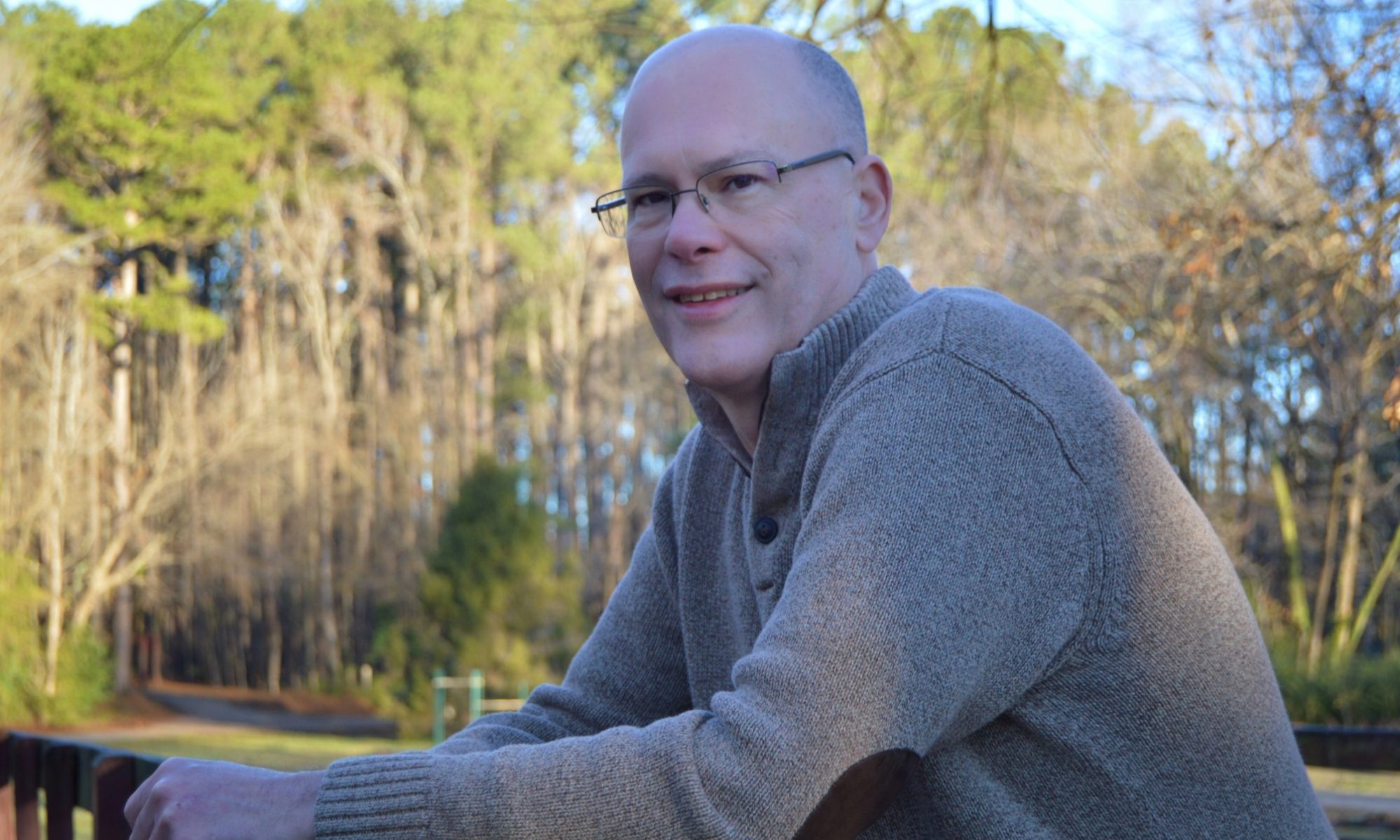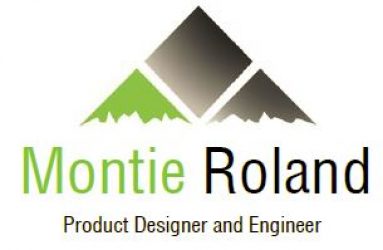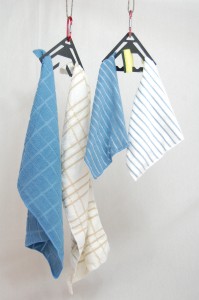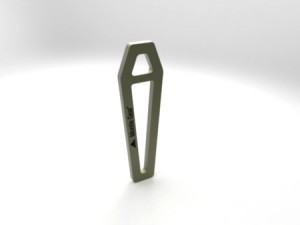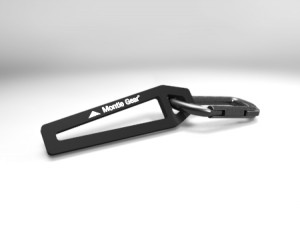There are many types of prototypes available today. Lets talk though the various types and help you decide which level of prototype is right for you.
Types of Prototypes
If you like what you hear, please give us a call so we can apply our process to your product and help you succeed in the marketplace. Call 919-481-1845, email info@montie.com or visit www.montie.com to get started!
Here is the transcription of the podcast:
Audio Length: 12:04
Hi. My name is Montie Roland. And I’m with Montie Design in Morrisville, North Carolina.
Today I’d like to talk about prototypes.
What I’d like to do is spend a few minutes kind of going through what is a prototype and what does that term mean, and what are different variations, because those are very important.
When we think about a prototype, most people think something that was handmade and it generally looks like the product and generally functions, but it has some issues. But the broadest definition of prototype could extend all the way to something that’s a written document or that describes the device or service, or a sketch; all the way up to a pre-production prototype, which is almost identical to the production model.
So there’s this broad range. Now, when we get to either extreme of the range, we think about a written document describing something, that generally becomes a product specification. So, we tend to categorize that into some category. A sketch could be a prototype in the broadest sense. We tend to throw that as a, you know, a concept sketch. So, that leaves us with some of the stuff that’s in-between.
When we first start with a project one of the things we want to do is to get an understanding of what the project feels like; where it lives; what’s the context; and once we do that we start making sketches. And from those sketches, we start to get an idea of, you know, what the product can be and some directions we’d like to explore.
Pretty quickly we get to the point where we say, it’d be awful nice to hold this. Because the advantage of a prototype is that everybody in the room can instantly understand a lot about the product just by holding it; picking it up and looking at it. It’s been my experience that you can show videos, animations, drawings – all day long – but, there’s always this moment when people hold the prototype where they go, Oh. And they learn something. Or they tell you something they weren’t able to articulate before.
So, kind of the first level of prototype is what we call a “massing model”. And a massing model is a prototype that probably is non-functional, but has the external characteristics as far as gross size. So you can pick it up, hold it, flip it around, and go, Okay, that’s about the size I expected it to be; or, This fits my hand; or, This doesn’t. So, massing models tend to be crude. They’re made with quick processes. Maybe its 3-D printed; maybe it’s hand-carved from a block of foam. Something that came out of the shop real quick. So the idea there is to have a prototype that gives you that sense of size, shape. And then . . . but before we did the massing model, hopefully, someone proved out that the concept works. So let’s say we have a novel way of . . . I don’t know . . . let’s say shelling beans. Before we build a full-size sheller and we build the control panels and the user interface and the stand and . . . maybe what we ought to do first is to prove that this method will actually shell, let’s say, a butter bean. So, we need to build a proof of concept. A proof of concept, when we’re done, is going to prove that our theory works. So, let’s say that I have a theory that I can shell a butter bean quicker than a mechanical sheller with a blast of air. In that case what I’d want to do is build what we call proof of concept. Proof of concept has no relationship as far as its size, shape, materials, probably, to the product, because in the proof of concept, all we want to do is make sure it works. So we’re going to cobble together whatever we have available. That could pneumatic cylinders; that could be parts in back; stuff we buy at Lowe’s. But in the proof of concept we want to prove to everyone’s satisfaction that if we go forward with a design, we’ll have something that actually works. So that proof of concept is often this Rube Goldberg-type device. It’s overly complicated but we got it to work. Proof of concept and then move on with the design.
So, proof of concept. Maybe at the same time we’re working on a massing model, so we’re working on the industrial design at the same time we’re doing the proof of concept. Sometimes those are done linearly with one before the other. And then the next step is to start creating functional prototypes. These prototypes duplicate the function of the product. As we move forward these functional prototypes get more complex . . . well, hopefully, simpler as we improve the design. But the construction method becomes more precise, I should say. And so we’re proving out that our design works; not the concept works but the design works. And these prototypes are really more meant for use by the staff, engineers, industrial designers. They’re really not meant as a boardroom-type prototype.
So, boardroom-type prototype is a prototype that’s pretty. It has a nice finish; it feels good in your hand; it’s not the kind of prototype you want to beat up in the lab. It’s the kind of prototype you want to put on the boardroom table and have everybody go, Wow; this is great. We’re spending all this money to design this. I really like it. So that prototype that you give to the board members or the CEO or the upper management, is usually one that we want to have that really reflects an inherent quality in the product; that is appropriate for the context which it suits.
So, we’ve been building these functional prototypes. And then at some point we build this . . . I’m going to call it a “pretty prototype” or a “boardroom-class prototype”. And then after that, one of the next steps is to go back and build a beta level prototype or an alpha level prototype. Once you get to this point, you’re really starting to spend more money on the product because you want to have the prototype resemble as closely as possible the finished product. So, for example, sheet metal is always a challenge to prototype because most of the cost for one piece is in the set up. So, for sheet metal part, we might go to somebody at KODAMA or a Rapid Sheet metal, and get them to build a couple pieces, which on a per piece basis, makes it a very expensive part. But, it gives us a chance to validate the design before we make hundreds or thousands of parts. So it’s well worth it.
And these alpha and beta level prototypes are very close to what you would actually expect the product to be. And some differences – let’s say that we have a preproduction prototype, and it’s got an extrusion in it. We may not want to wait six weeks to have an extrusion. So, instead we machine one. Thermally, the performance is very similar. The cost, however, is probably a hundred to a thousand times higher for that particular part – maybe less, depending – then it would be to extrude it. So you have a very high cost part. But on the other hand we have something that’s completely functional.
So, we’ve kind of gone through this gamut here of prototypes from, you know, initial concepts to massing models, proof of concepts, functional prototypes (seen by the engineers), the boardroom-class prototype (which is upper management, board; maybe if you’re going for funding you want to have this beautiful prototype to show off at your pitch), and then the next level of prototype would be a preproduction, or an alpha or a beta, which is very, very similar to materials, construction, to the actual finished product. And that’s kind of how the pipeline of prototypes goes. A couple of best practices: one is to prototype often and prototype early. You always want to be building prototypes, even if it’s just to prototype one particular facet of the device, because that gives you a way to prove it out and make sure your design’s headed on the right track.
As you go through the project, prototypes typically get more expensive. Massing model prototype cut out on the bandsaw out of foam could be pretty inexpensive; whereas a preproduction unit, that’s heavily machine and rapid sheet metal and rapid machine parts, can get very expensive.
So, you want to match the level of prototype to the need and to the audience. It’s always critical. Because you want your prototype to be cost effective. You want it get the job done from a functional standpoint. And then also you want the prototype to reflect where the product is in the pipeline. So, if the product’s almost done, you’re prototypes probably need to be a little nicer than if you just started. And that helps from an acceptance standpoint, both to stakeholders and customers.
We’re a product development firm with core competencies in mechanical engineering and industrial design and prototyping.
I hope this was helpful. We build prototypes all the time. And we’d love to build one for you. My name is Montie Roland. Again, I’m with Montie Design. We’re in Morrisville, North Carolina. If you have any questions or commentary, positive or negative about this podcast, please engage me at montie@montie.com; M-O-N-T-I-E at M-O-N-T-I-E.com. Or give me a call at 919-481-1845. That’s 919-481-1845.
Thanks, and I hope you have a great day.
END AUDIO
